Guest writer: Anna Nilsson Spets
It's Thursday morning and the market in Key Afar is already in full swing. There is a tourist on my forehead and my guide pays the entrance fee and gets strict orders regarding photography. I think about paying for photos and I quickly realise the rule of no money - no photos. 3 bucks per portrait photo. On the other hand, who wants to have a lens shoved in their face. The pear quickly disappears from the wallet and the circus can begin.
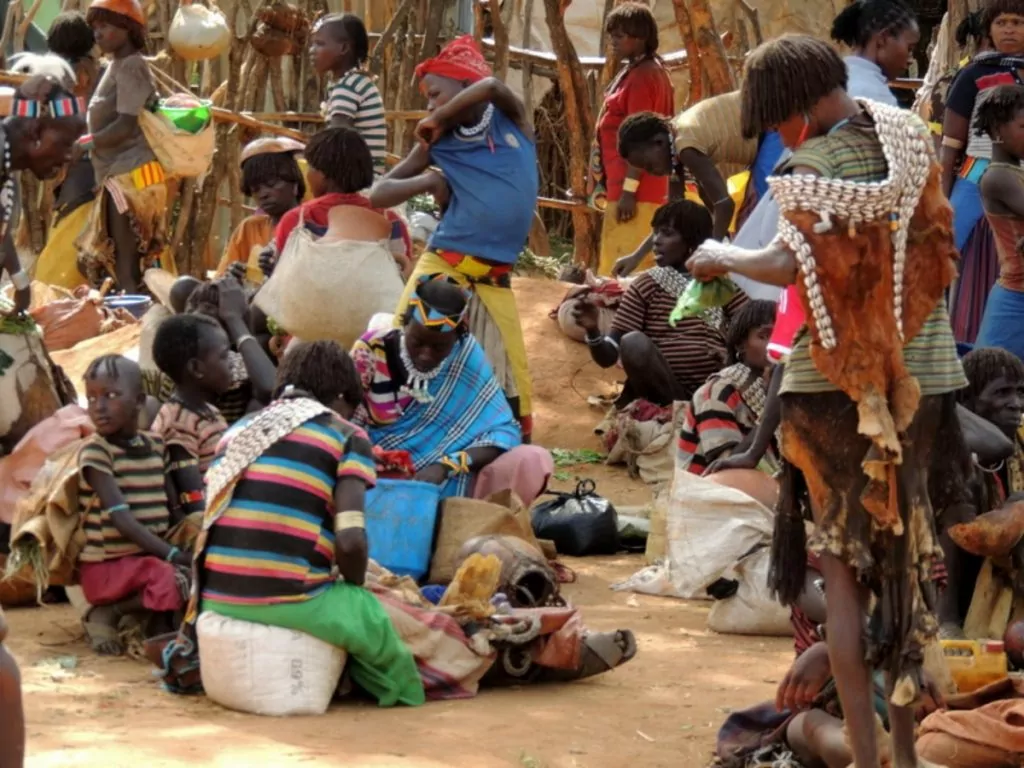
Here vendors from some of the Omo Valley's different ethnic minorities - Ari, Benna and Hamer - come together. The difference can be seen in the way they dress or decorate themselves. The Hamer women's ochre-coloured hair is reddish-brown, while the Bennas leave their hair natural. The Bennet women are fond of coloured beads, the Hamer women show their status through the thickness of their neck rings.
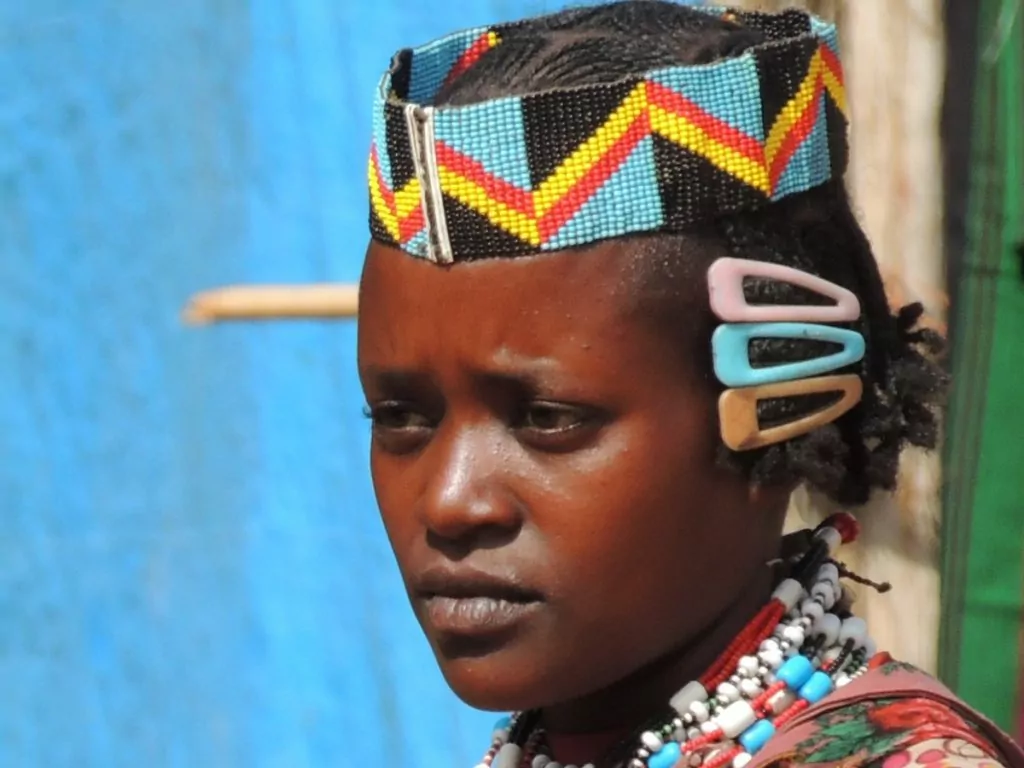
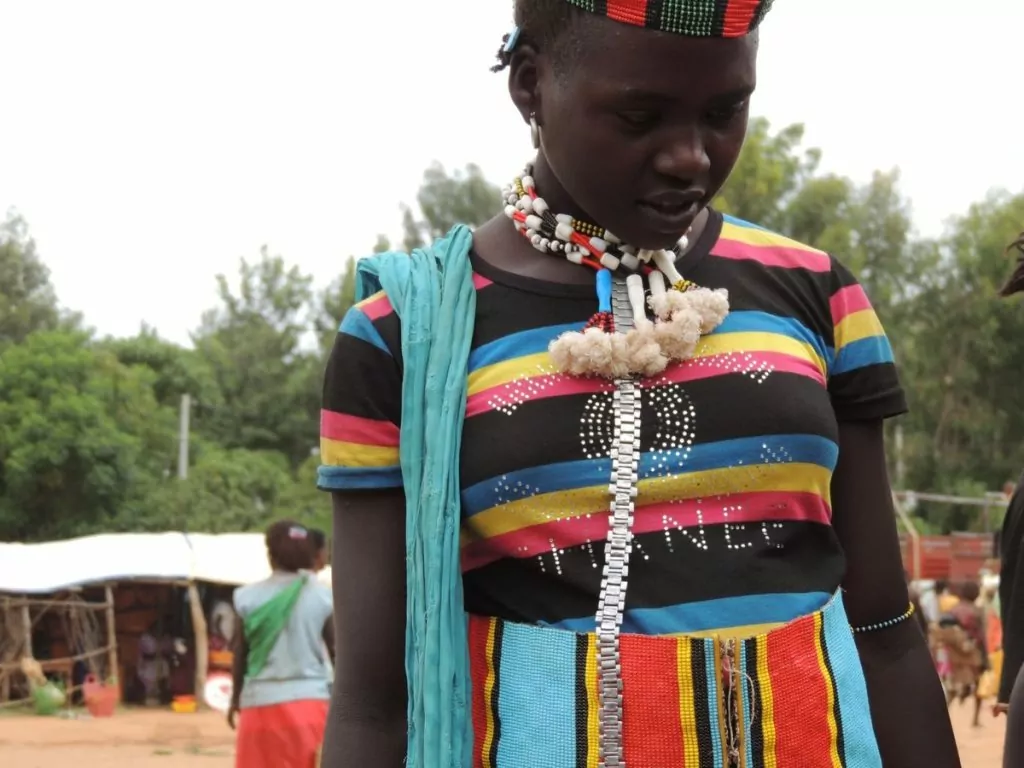
The men are indescribably beautiful, tall with aesthetically chiselled features, artfully crafted hairdos with decorations of spirals, paper clips and SIM cards.
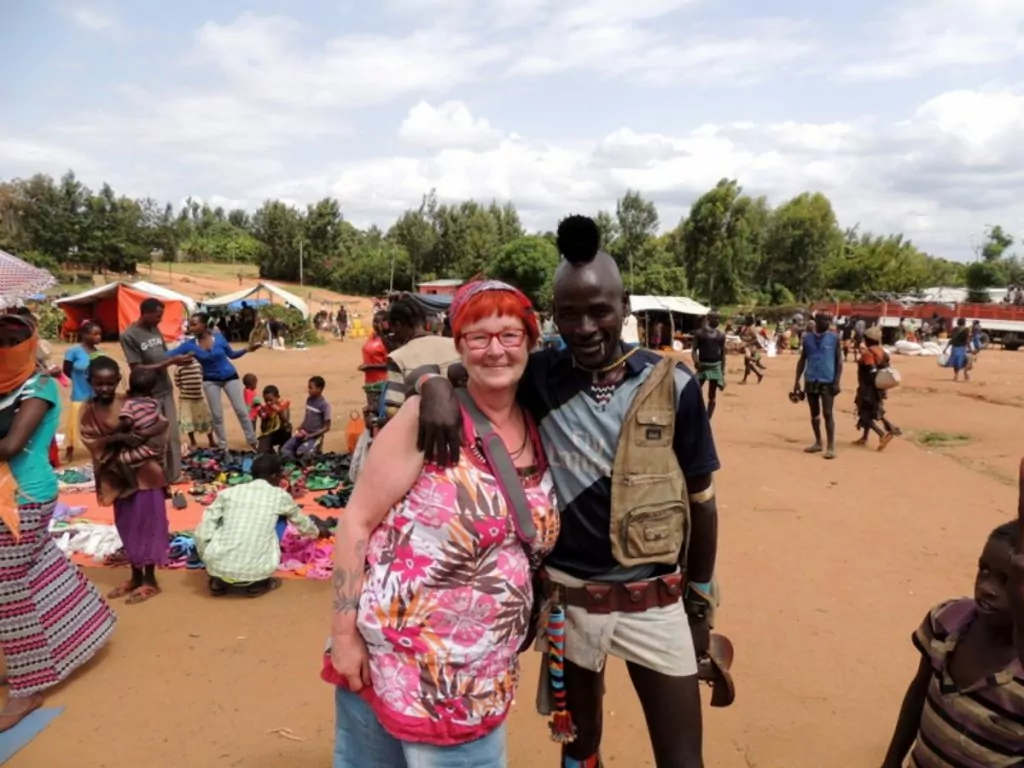
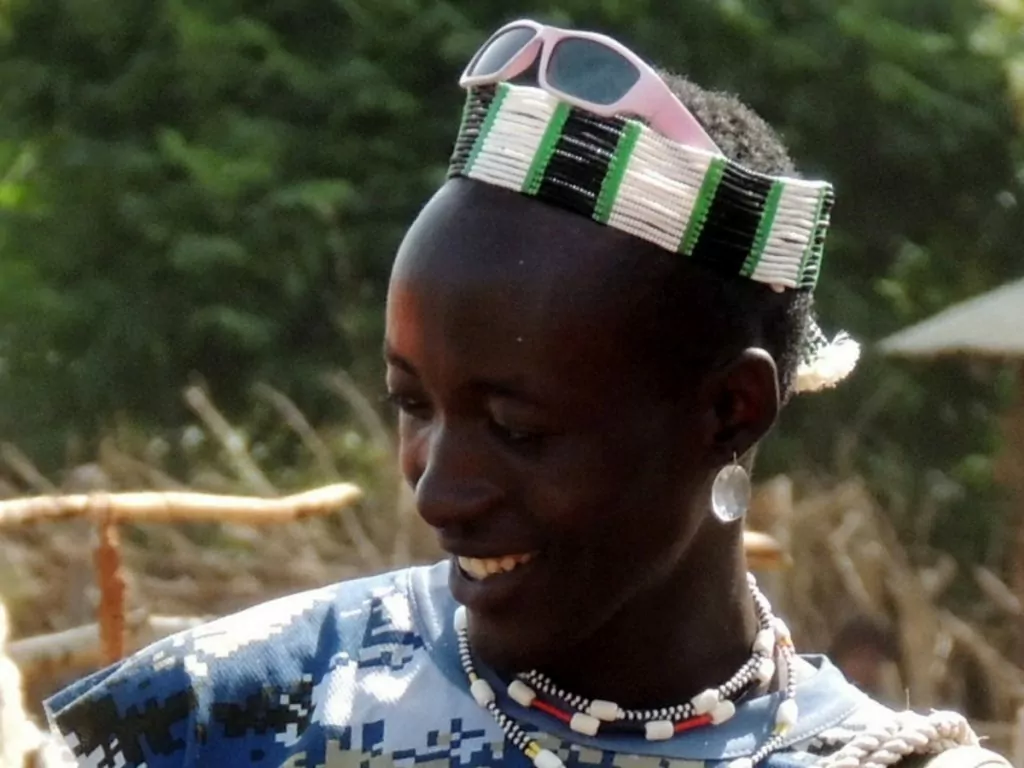
In the market, the Hamer women wear t-shirts, only because there are many tourists; at home they are often bare-breasted.
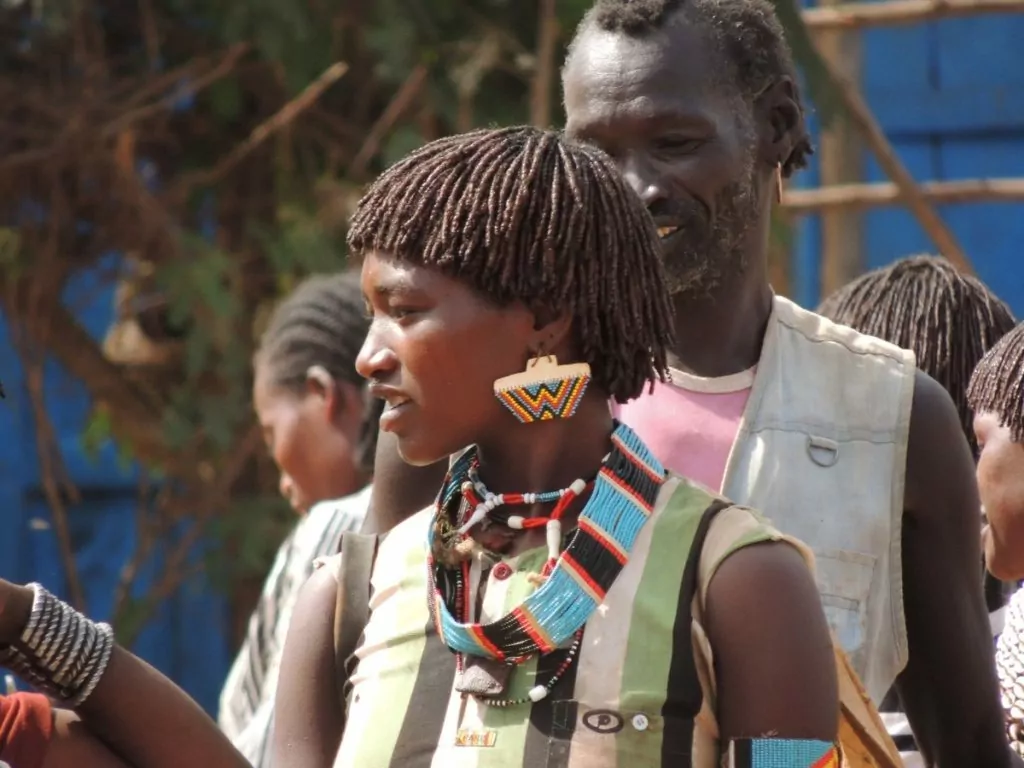
It is the women's market, the men sit in the shade and pass a jug of home-made beer between them. Many have travelled far and are still sleeping when the market is over.
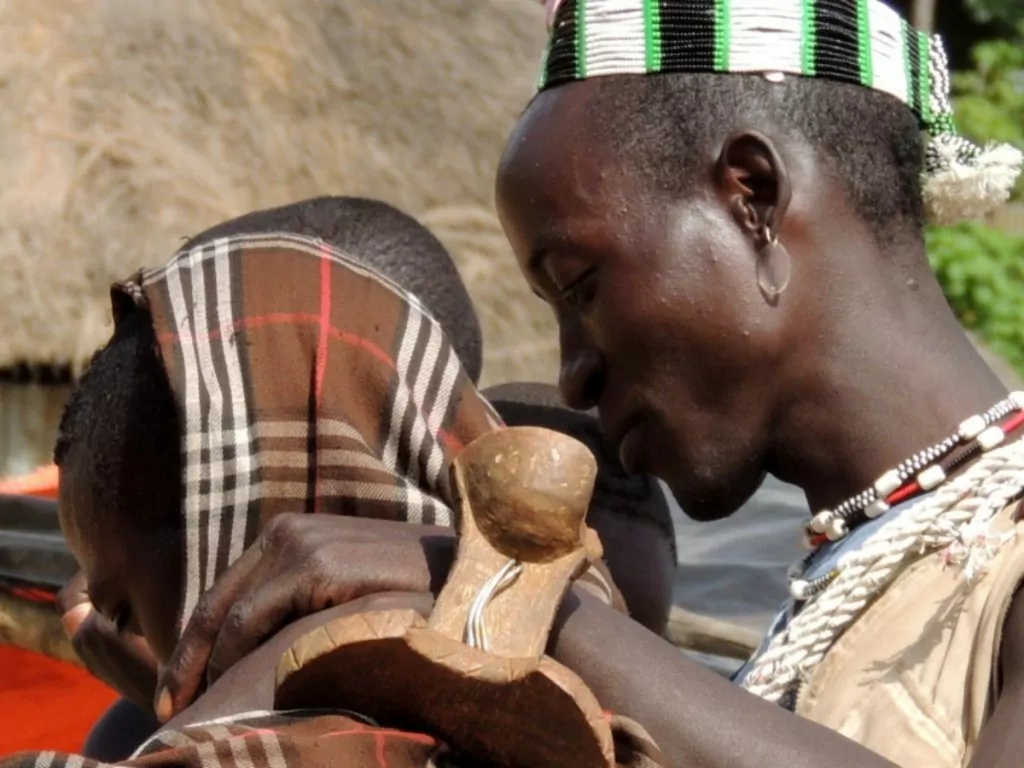
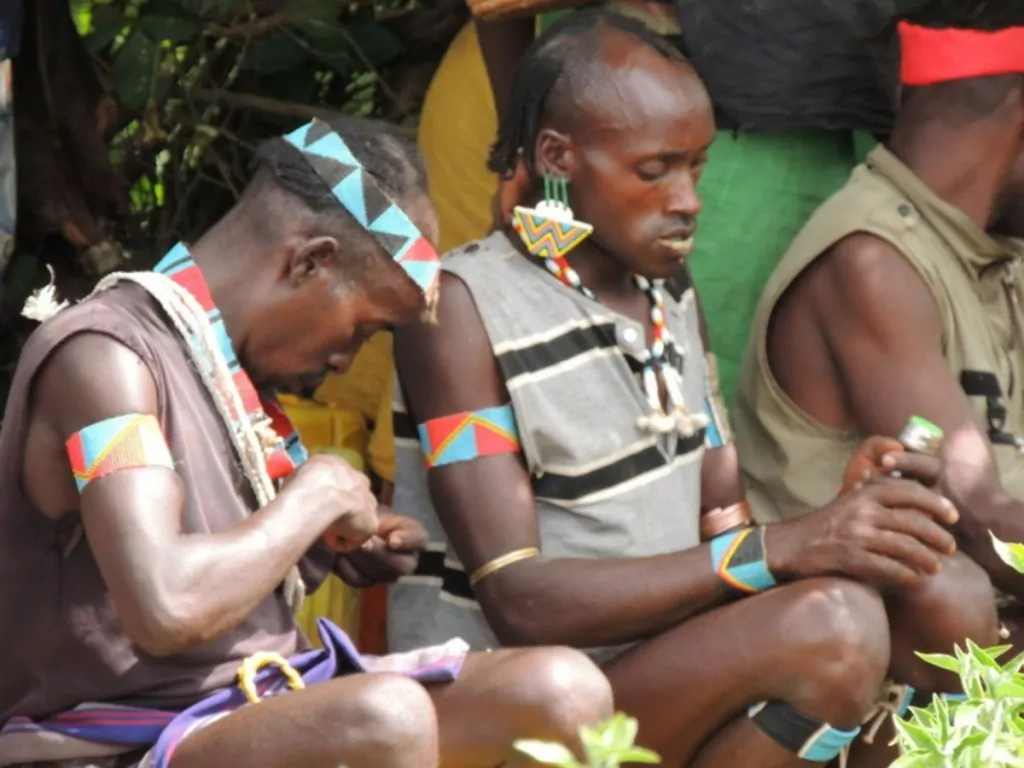
The range of goods is extremely wide, basic items such as grains, kitchenware, firewood and hides. Crafts for tourists galore, beautiful jewellery and woodwork, it's all here.
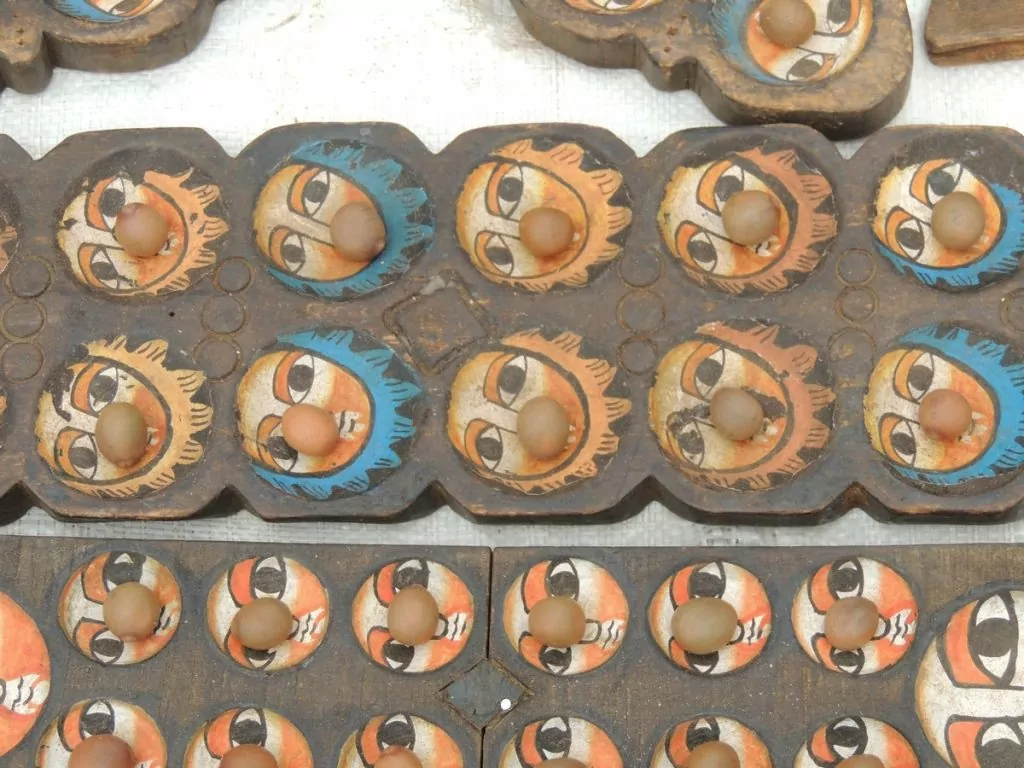
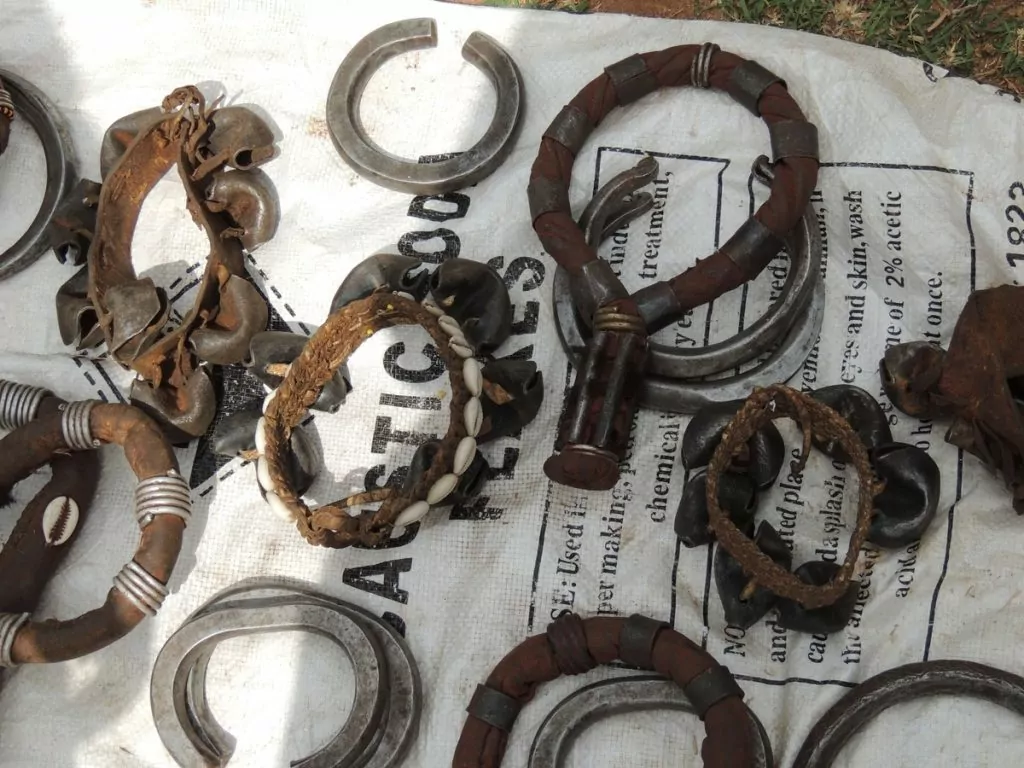
After hours in the dust and under the scorching sun, it was time for lunch and of course injera, the national dish. And then injera every day and I never want to eat an injera again in my entire life.
Injera is a sourdough pancake made from teff, water, oil and salt. It has a slightly sour flavour and a spongy texture. The dish is eaten with various fillings, vegetables or meat scrambles. Eating is done with the right hand.
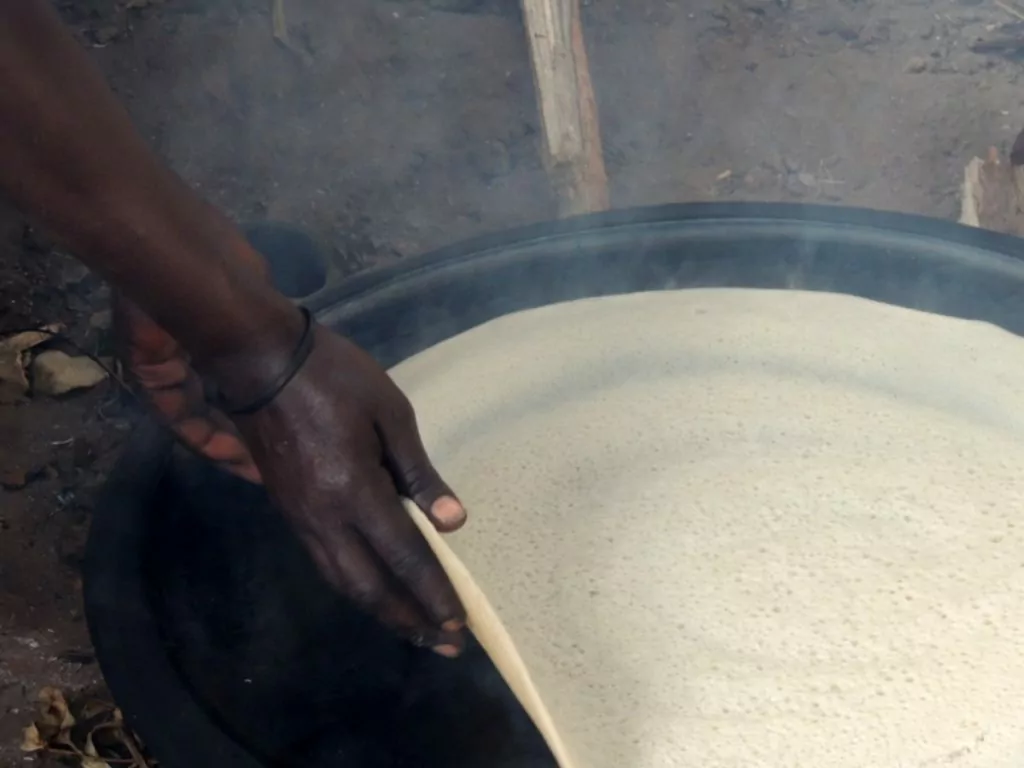
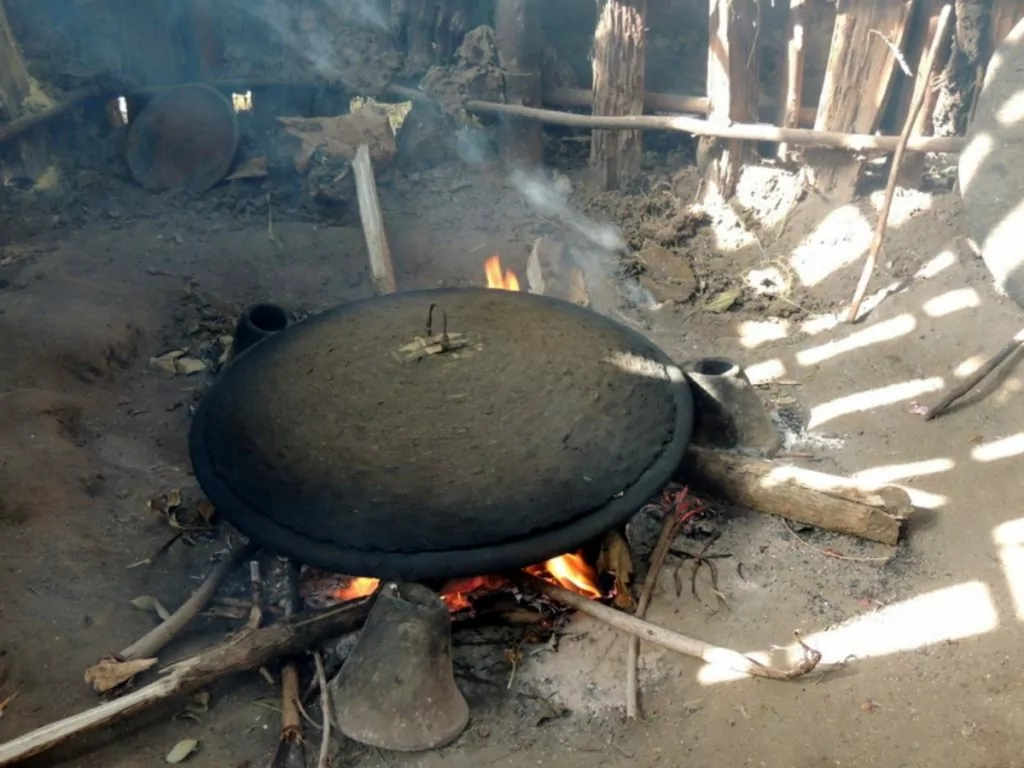
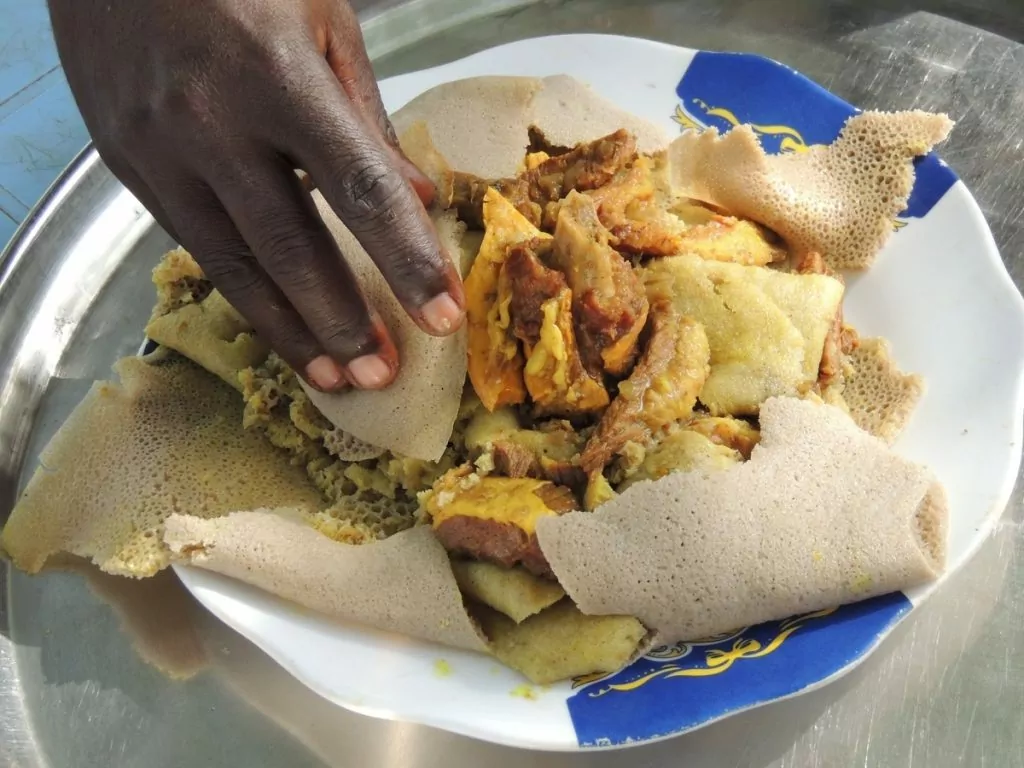
Stopping at a village before heading to the southern Omo Valley, it's poor, dirty and smoky.
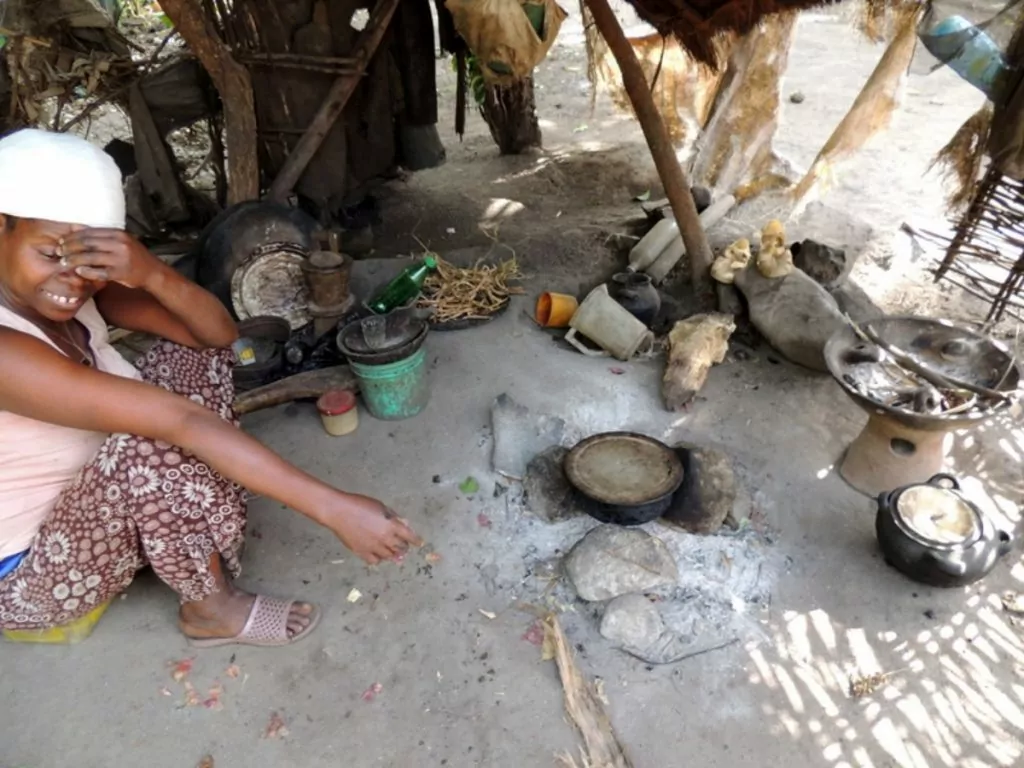
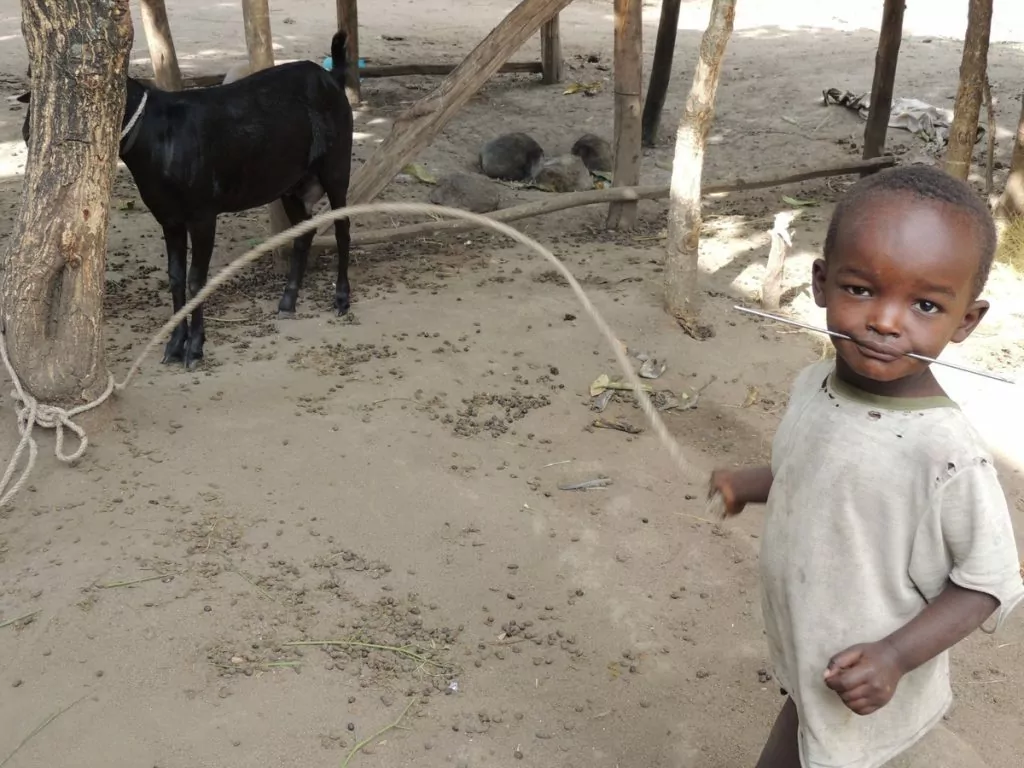
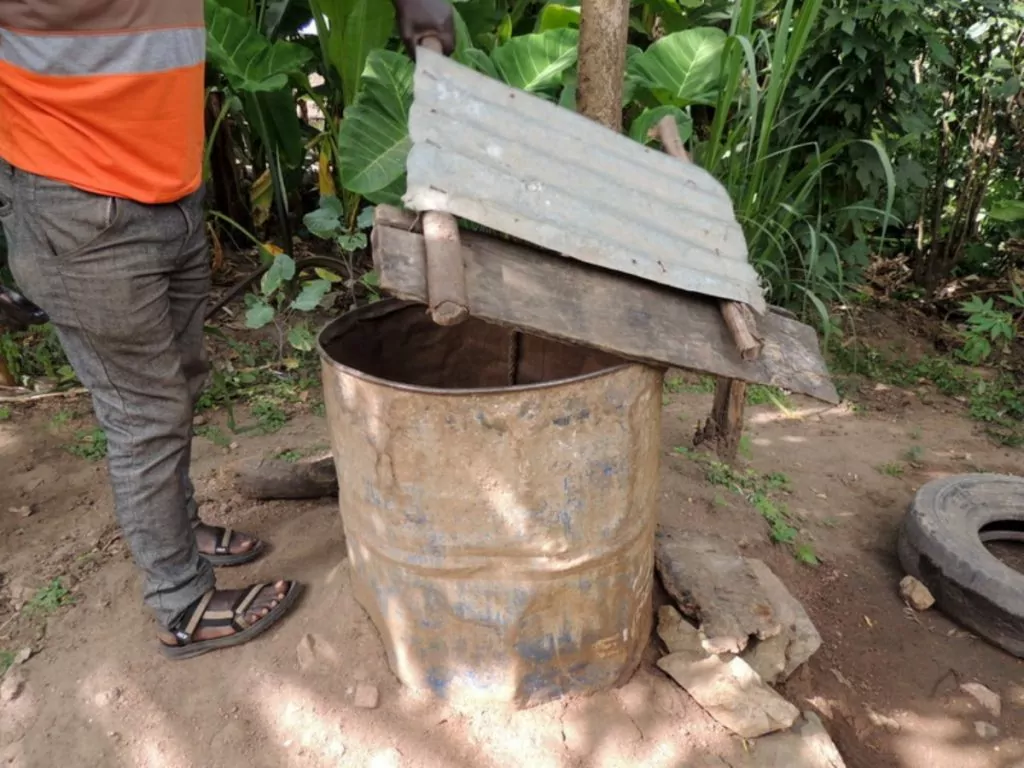
There are hardly any men present, perhaps they have been given a day job or are working far away.
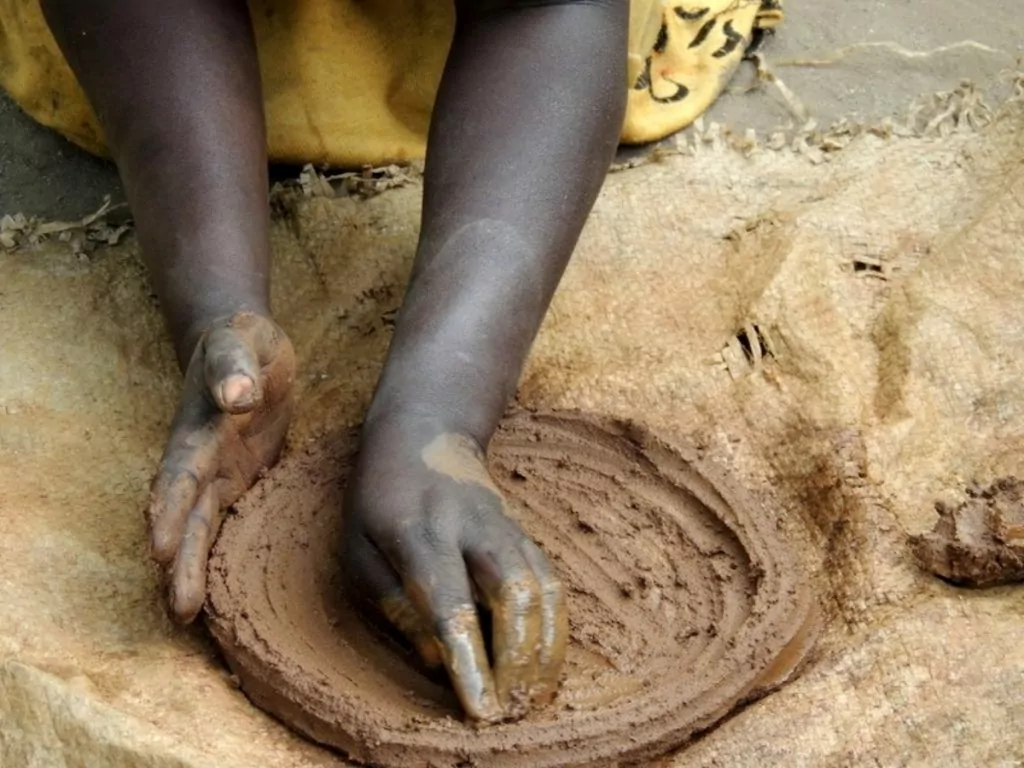
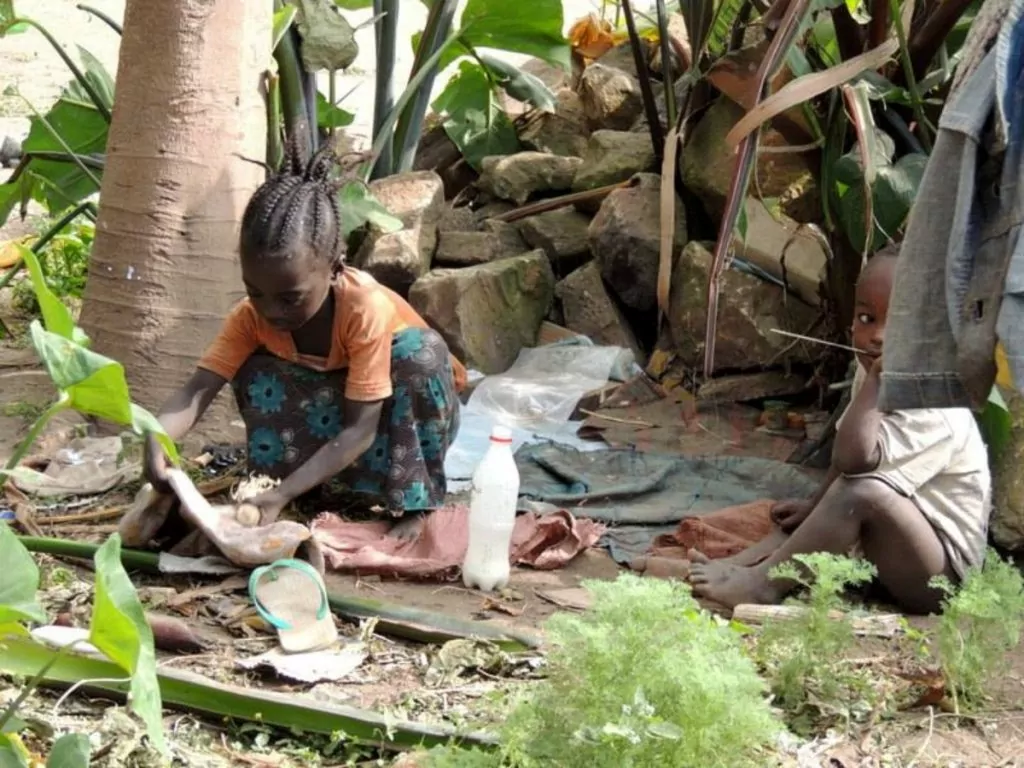
This is the women's world, the goats are milked, a plate is made from clay, lice are plucked from children's hair.
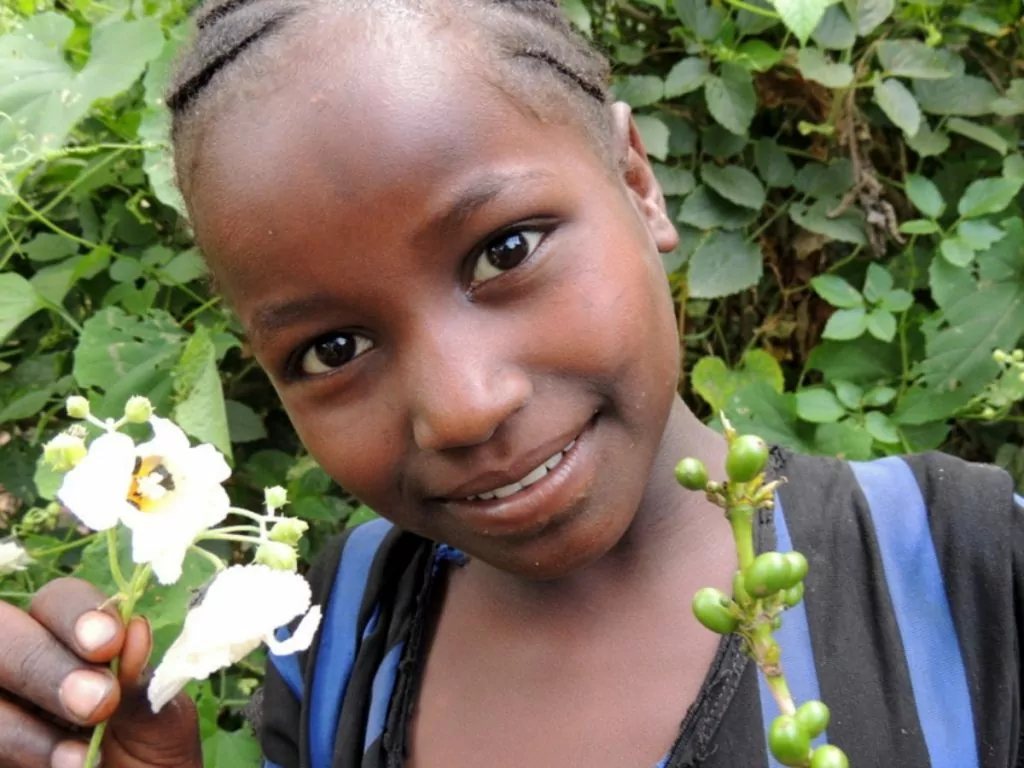
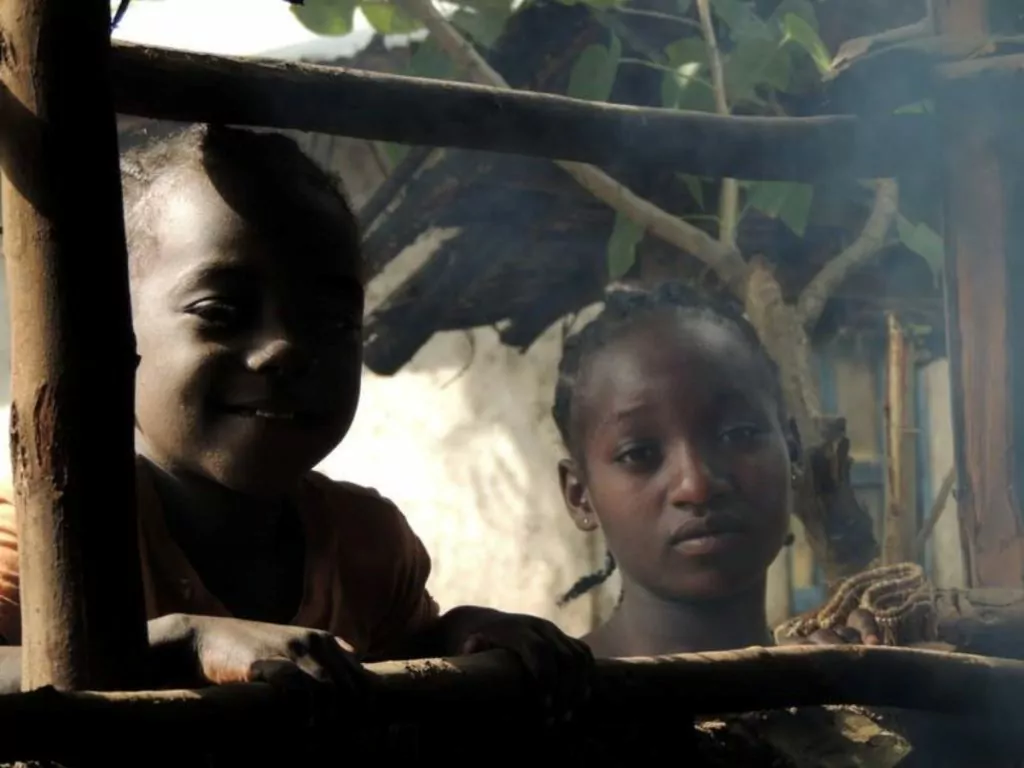
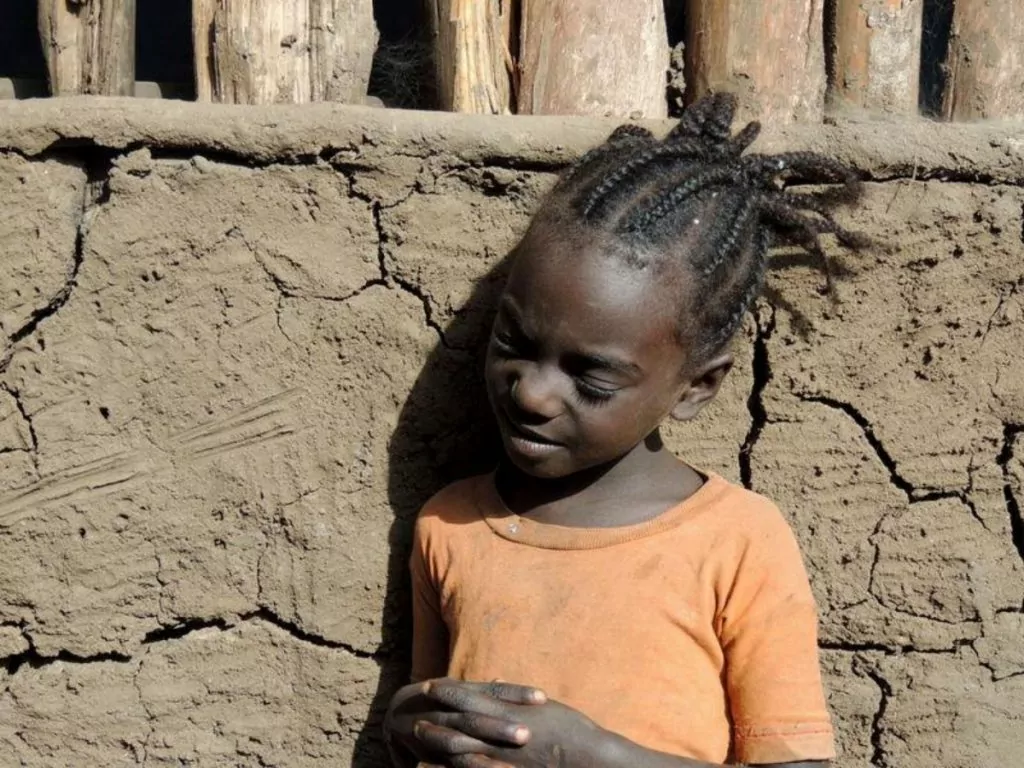
The world's best coffee, in my opinion, can be found in Ethiopia. As an inveterate coffee lover who consumes a couple of litres a day, this is heavenly!
It is a ceremony in itself, drinking coffee, which can actually take several hours. In homes, the housewife performs the ceremony; in coffee houses and restaurants, special coffee ladies in beautiful dresses.
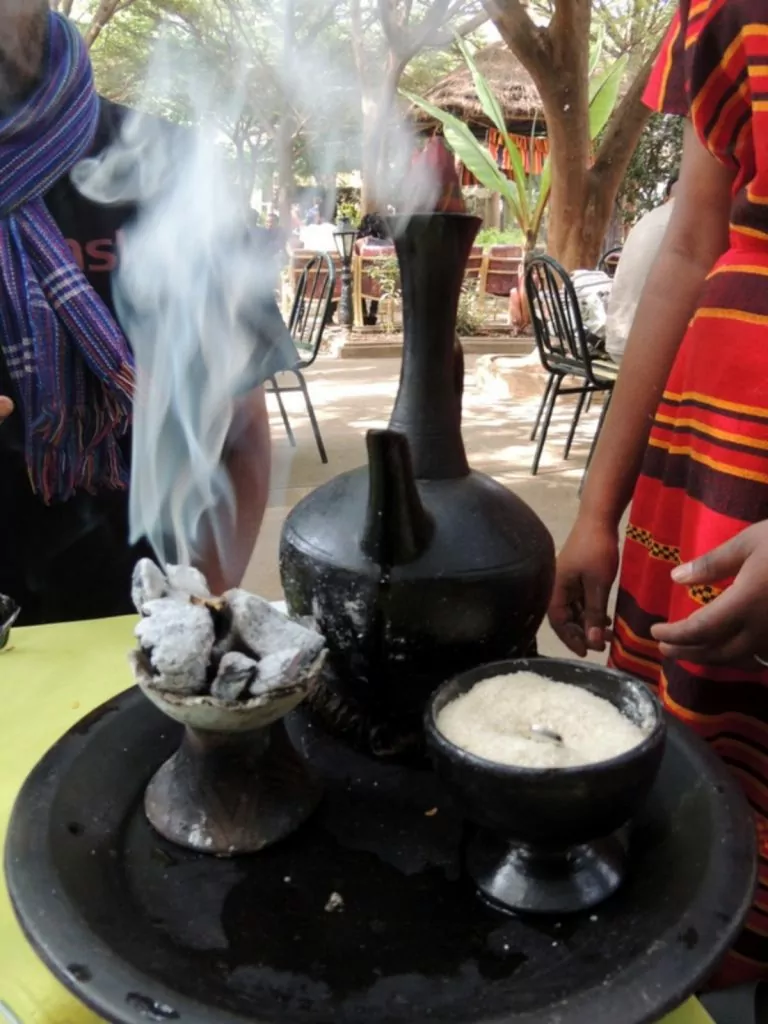
Coffee has great social, religious and cultural significance. Flowers, herbs and grasses are scattered on the floor for fragrance and to ward off evil spirits. The clay coffee pot is placed on hot coals, while the beans are roasted, then ground in a wooden mortar, added to the coffee pot and allowed to boil.
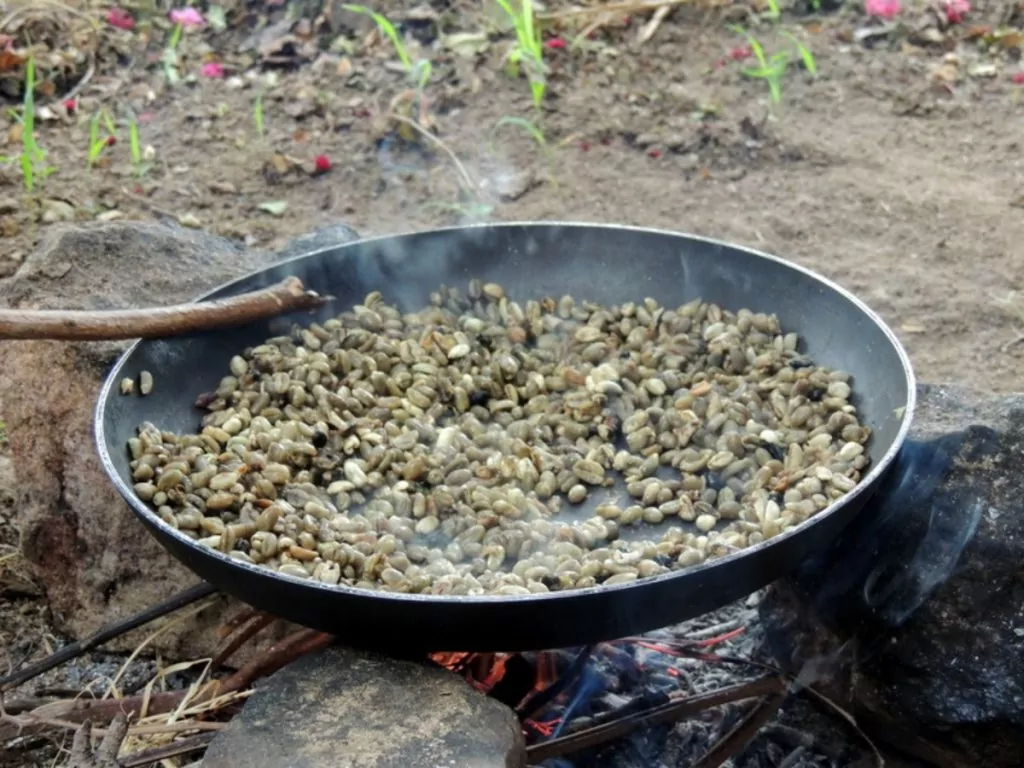
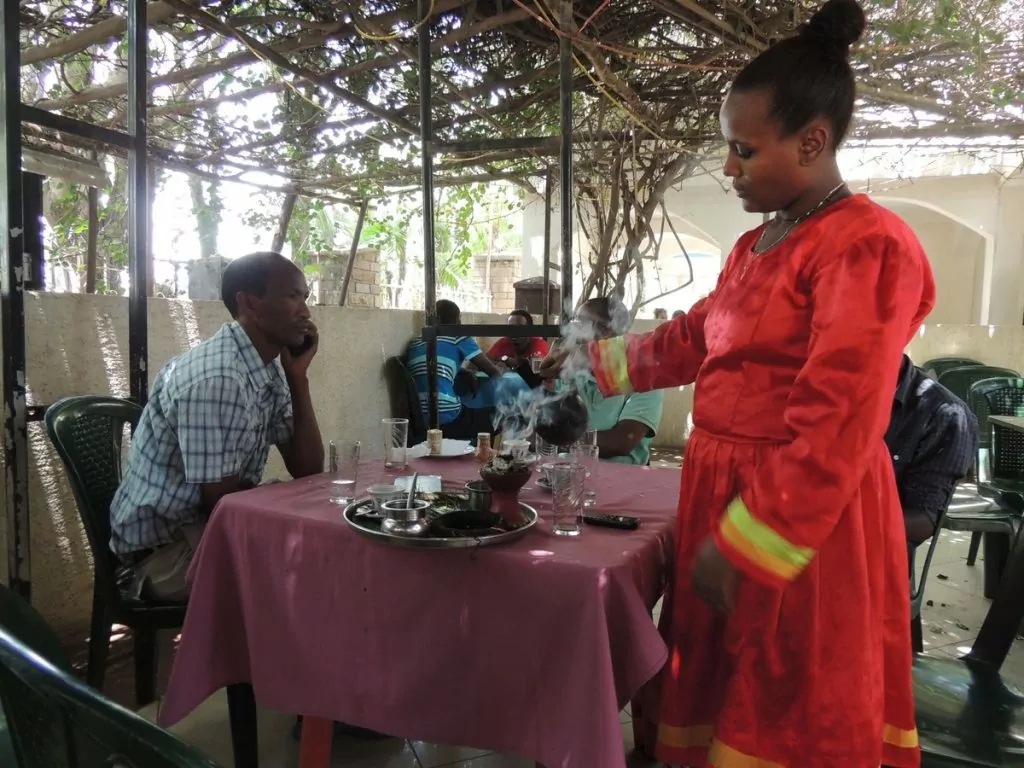
The coffee is drunk in small cups without ears, three rounds, each with a different meaning. Sugar is added, in some parts of Ethiopia honey or salt is mixed in.
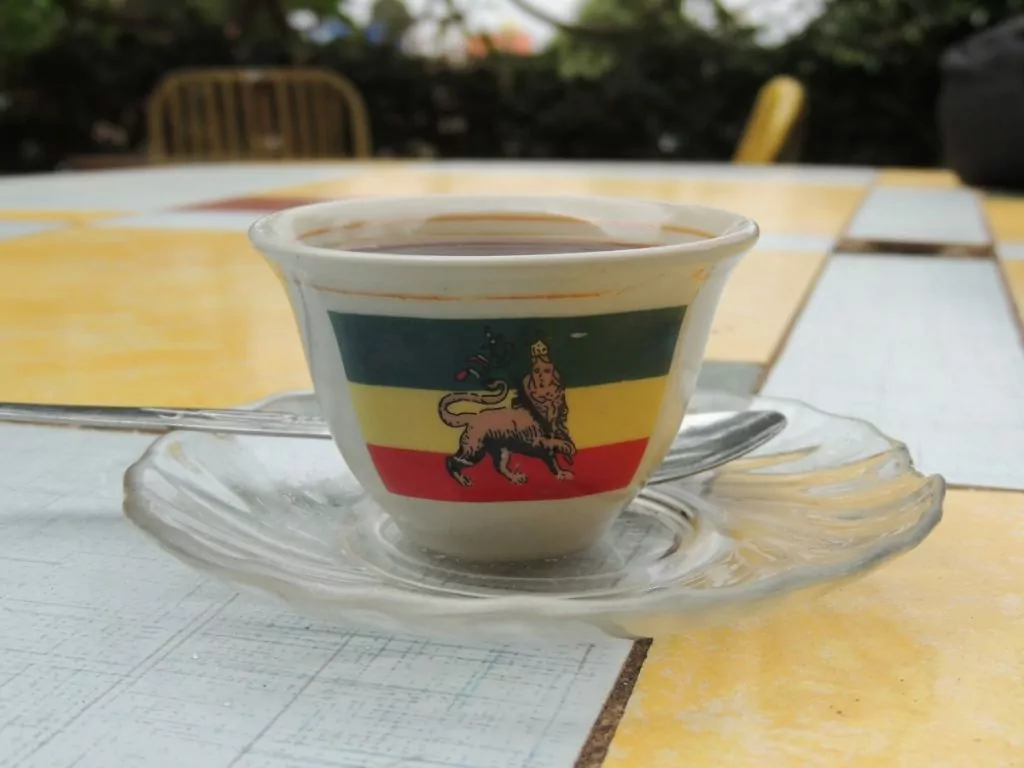
And yes, you can't get any closer to paradise. Coffee-wise.
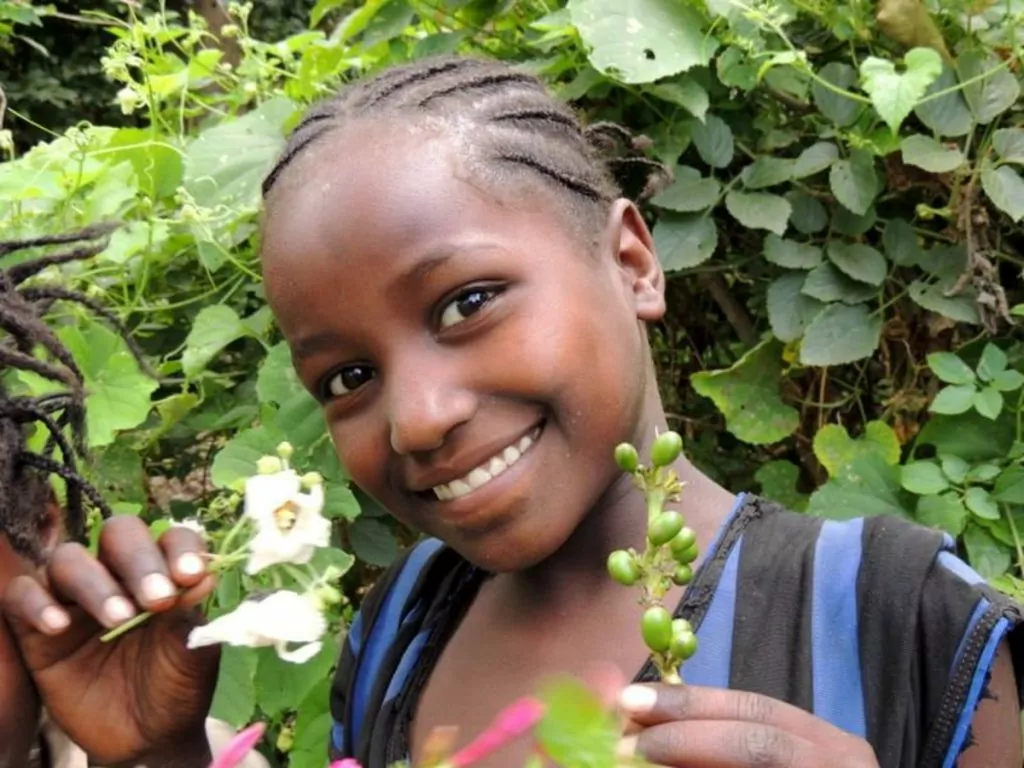
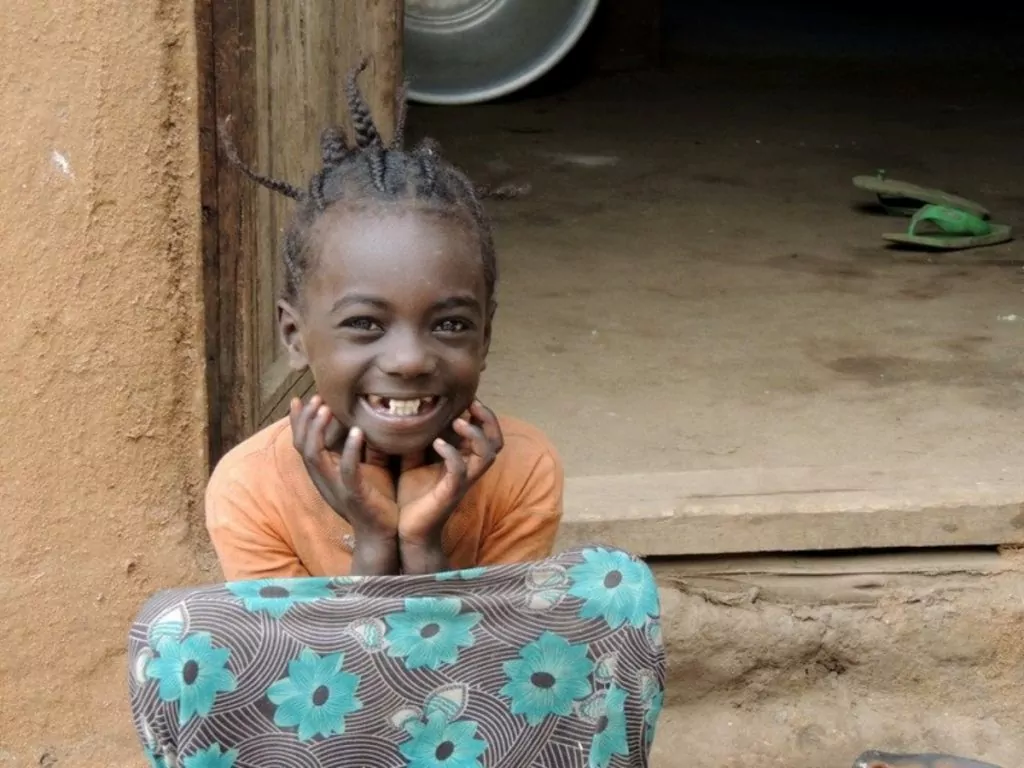

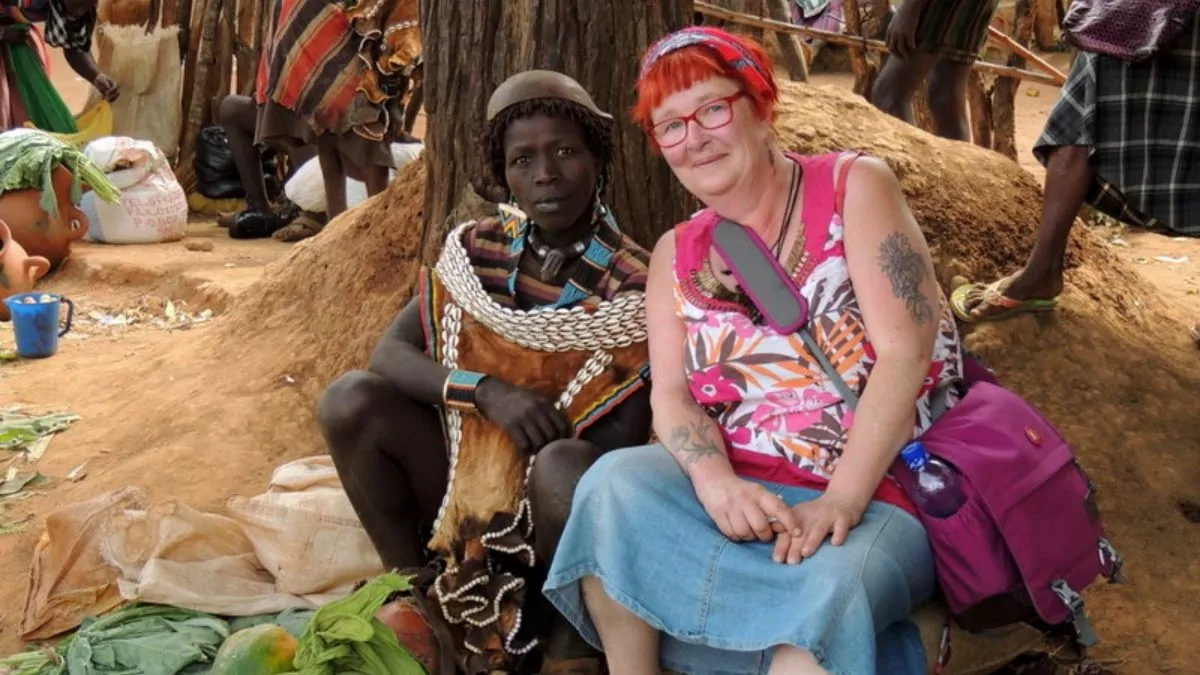










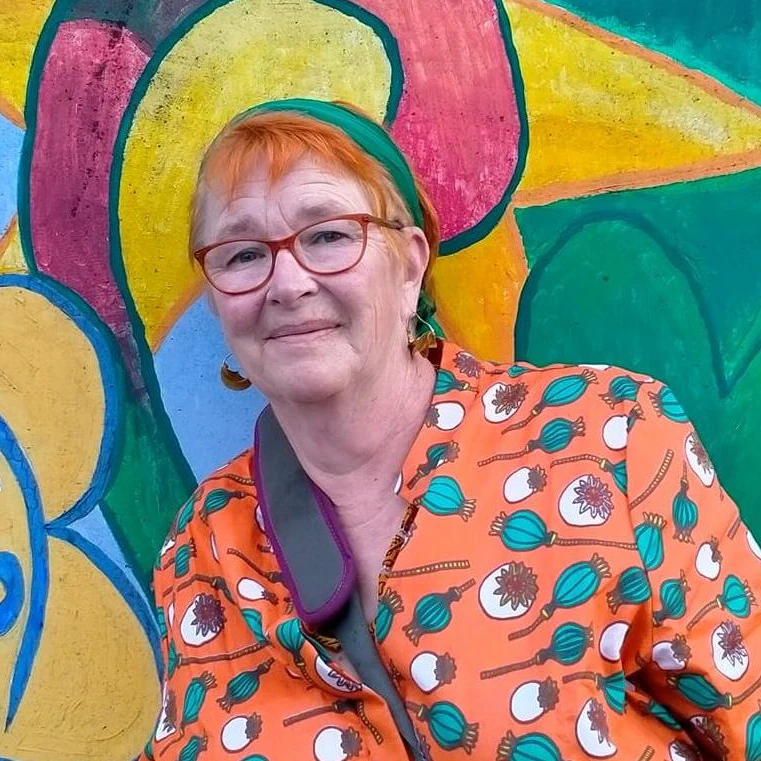
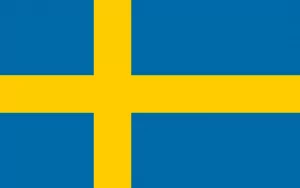
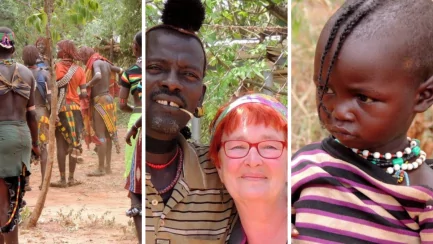
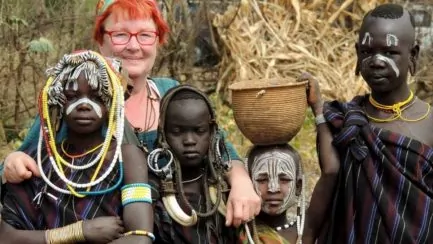
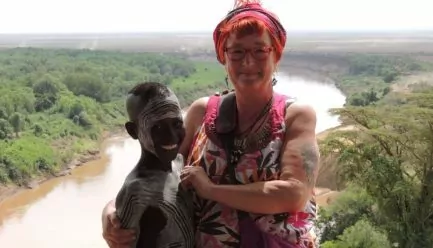
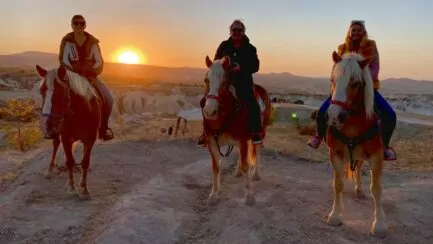
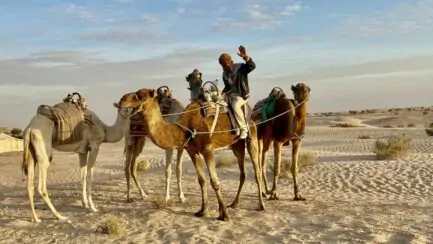
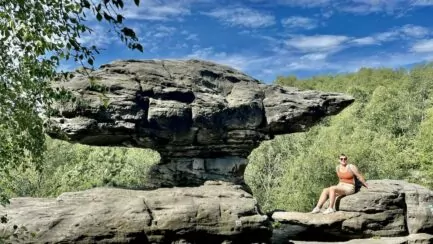



BP says:
WOW, what a post!!! Fantastically nice pictures. Almost understand that the "models" took money. It is visible, especially on the girls, that they are used to posing and earning money. Three bucks / picture is clearly worth it all.
Then I laughed at the fact that you won't be eating Injera any more. We have a lunch restaurant here that is run by two women from Ethiopia. And on Thursdays there is Injera on the menu. I can say that I am a regular there on Thursdays. Love Injera... but not every day. I understand;-)
10 October 2023 - 19:12
Anna Nilsson Spets says:
Thanks for nice comment ! Well I liked injera before I went to Ethiopia and the first days there. Now I like injera as much as I like banana pancakes after being in Lombok. Moderation is best you know ....
11 October 2023 - 6:18